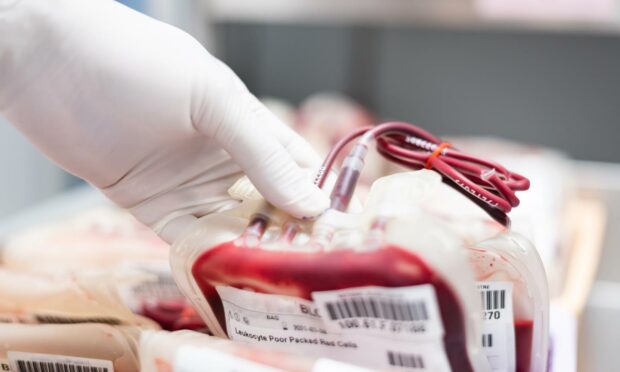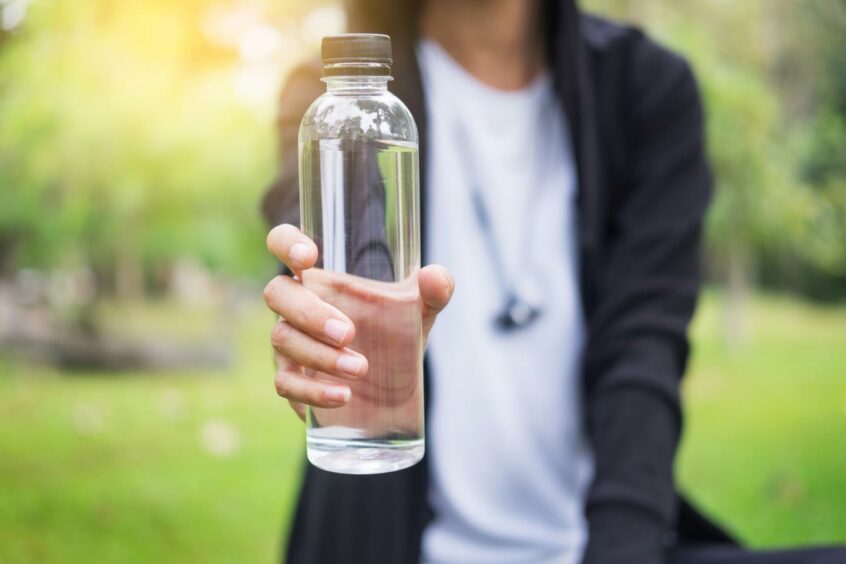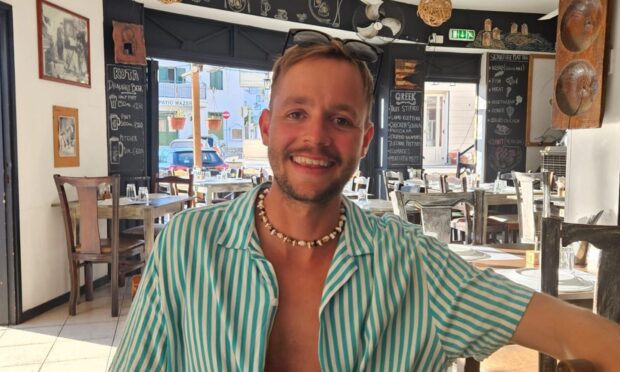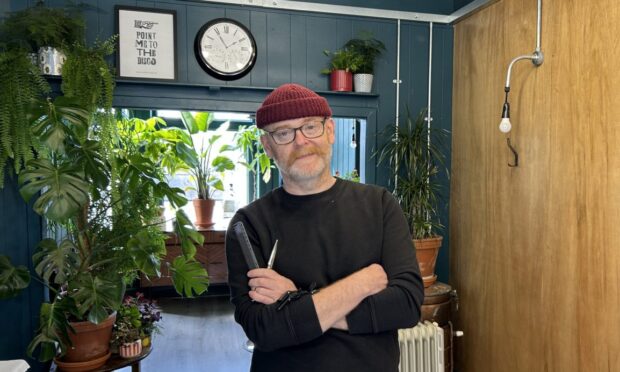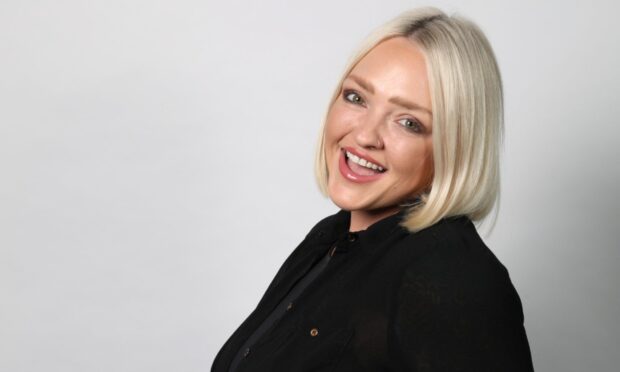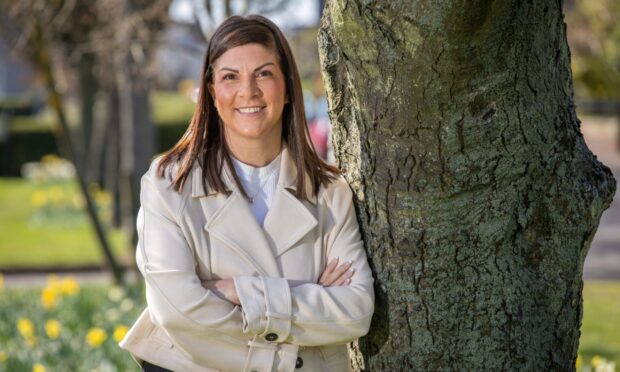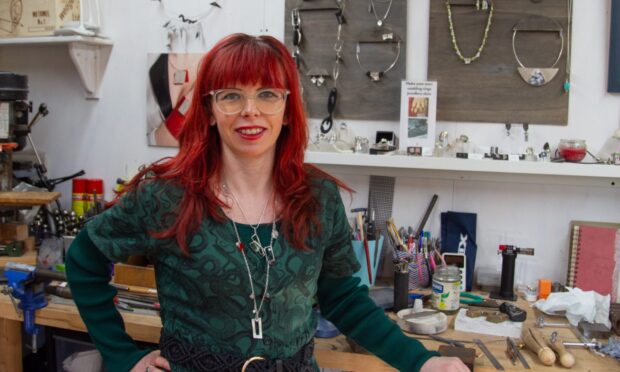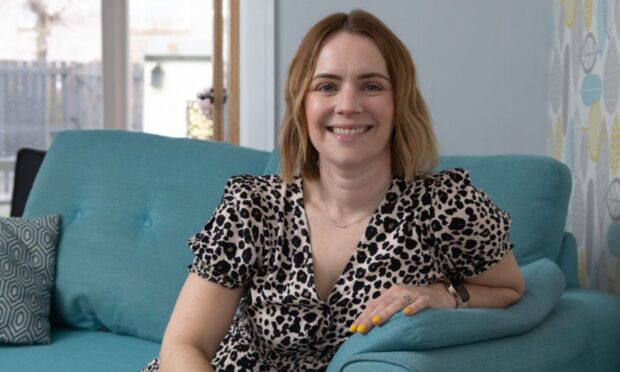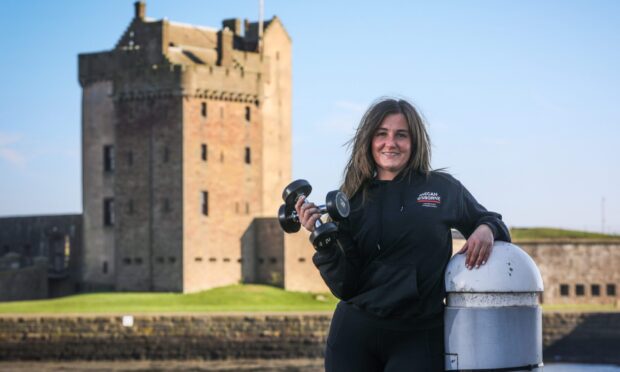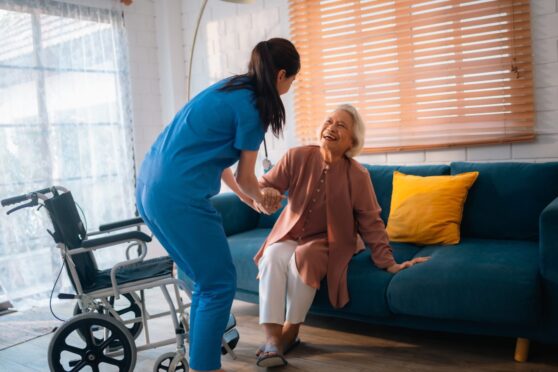Scots are being urged to donate blood, after hospitals in England were forced to ration blood due to critically low stock levels.
An amber alert has been issued south of the border, meaning hospitals may have to postpone some non-essential surgeries.
The Scottish National Blood Transfusion Service (SNBTS) have said this is not the case in Scotland.
However, it is asking for donors to come forward to increase stock levels.
Blood stocks are currently lower than we would like and we would love to welcome all donors. If your blood group is O- please make an extra special effort to donate. Appointments available all across Scotland. To book visit https://t.co/Im2ssUO4YZ or call on 0345 90 90 999. pic.twitter.com/nQ9xonT6ol
— SNBTS-Scottish National Blood Transfusion Service (@givebloodscot) October 10, 2022
Whether it’s a fear of needles, a phobia of blood or simply not having enough time that has stopped you from making an appointment before, new donors are always welcome.
So, what can you expect at your donor appointment? And what do you need to know if you’re nervous about donating?
We’re answering all your questions about giving blood.
How can I book an appointment?
It’s very easy to book an appointment to give blood.
If you’re booking online, visit the ScotBlood website and enter your postcode. You’ll be shown your nearest donation centre.
You can then create or log into your online account and choose a time and date that suits you.
If you have questions before donating, you can speak to a member of staff over the phone, who will be happy to chat through any concerns and answer any queries.
Is there anything I need to do before my appointment?
To prepare for your appointment, make sure you’ve eaten well during the day and drink plenty of water in advance.
This can actually make it easier to draw blood and will likely reduce the amount of time it takes.
Being well-hydrated also makes you less likely to faint during the donation.
If you’re a regular donor, you might have been sent some pre-appointment questions in the post.
If this is the case, you should fill them out before attending and bring them with you.
What happens at an appointment?
When you arrive, you should visit reception, where you’ll be given a questionnaire to fill in.
Questions cover general health, sexual health, medications, travel history and aim to determine whether you’re eligible to give blood.
You will also be given water to drink.
Once you’re ready to be seen, you will have to do a finger prick test.
This is to ensure you’re not anaemic and your iron levels are good enough to go through with the donation.
If everything looks good, you’ll be brought to one of the donation beds.
Then, you’ll have a pressure cuff put round your upper arm, a nurse will clean the inside of your elbow, and the needle will be inserted.
The video below contains needles.
It should only take five to 15 minutes to donate your pint of blood. If it’s taking longer, you may be given a stress ball to squeeze, to help with circulation and flow.
Once your donation is finished, a nurse will gently remove the needle from your arm and you’ll spend a few minutes resting, to ensure everything is fine.
Finally, you’ll be offered juice and biscuits, to boost your blood sugar levels and allow you to refuel.
You’re welcome to stay until you feel ready to leave, but are advised to stay for at least five minutes.
What are the Covid protections in place at appointments?
There are some Covid rules to follow when attending your appointment:
- You can give blood 48 hours after receiving a Covid vaccine. For more information on donating after having Covid, visit the SNBTS website.
- Walk-ins are no longer running, so you should ensure you have an appointment booked.
- Attend your appointment alone, unless you’re going with someone who is also donating.
- Arrive on time for your appointment – try not to be early. This reduces the number of people in the building at any given time.
- It is no longer mandatory to wear a mask to your appointment, but it is recommended.
- Your temperature will be taken when you arrive.
To donate blood at the Ninewells centre, book your appointment online, or call 0345 90 90 999.
